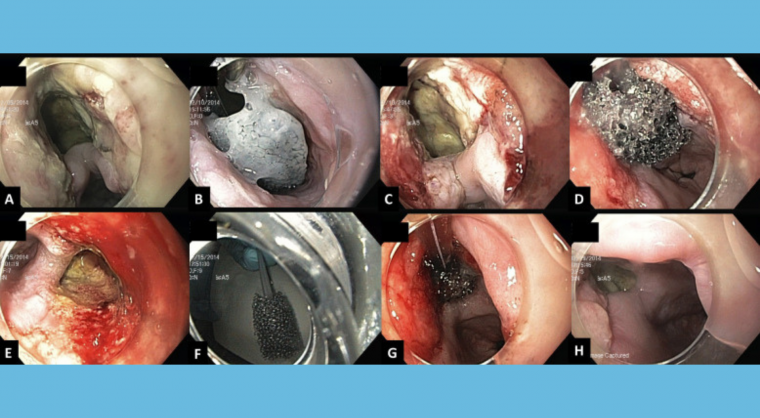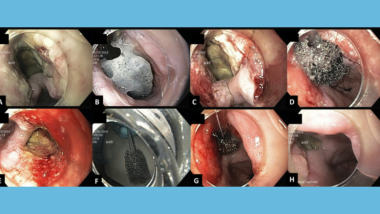One of the most devastating complications in any endoscopic procedure is a perforation that may result in a life-threatening situation for the patient and abrupt termination of the intended procedure. The new AGA Clinical Practice Update on Endoscopic Management of Perforations in Gastrointestinal Tract: Expert Review offers a practical approach to prevent, detect subtle signs of and endoscopically manage GI perforations.
Best Practice Advice
- The area of perforation should be kept clean to prevent any spillage of gastrointestinal contents into the perforation by aspirating liquids and, if necessary, changing the patient position to bring the perforation into a non-dependent location while minimizing insufflation of carbon dioxide to avoid compartment syndrome.
- Use of carbon dioxide for insufflation is encouraged for all endoscopic procedures, especially any endoscopic procedure with increased risk of perforation. If available, carbon dioxide should be used for all endoscopic procedures.
- All endoscopists should be aware of the procedures that carry an increased risk for perforation such as any dilation, foreign body removal, any per oral endoscopic myotomy (Zenker’s, esophageal, pyloric), stricture incision, thermal coagulation for hemostasis or tumor ablation, percutaneous endoscopic gastrostomy, ampullectomy, endoscopic mucosal resection (EMR), endoscopic submucosal dissection (ESD), endoluminal stenting with self-expanding metal stent (SEMS), full-thickness endoscopic resection, endoscopic retrograde cholangiopancreatography (ERCP) in surgically altered anatomy, endoscopic ultrasound (EUS)-guided biliary and pancreatic access, EUS-guided cystogastrostomy, and endoscopic gastroenterostomy using a lumen apposing metal stent (LAMS).
- Urgent surgical consultation should be highly considered in all cases with perforation even when endoscopic repair is technically successful.
AGA Clinical Practice Update
Read all 16 best practice advice statements from the AGA Clinical Practice Update on Endoscopic Management of Perforations in Gastrointestinal Tract: Expert Review in Clinical Gastroenterology and Hepatology.













